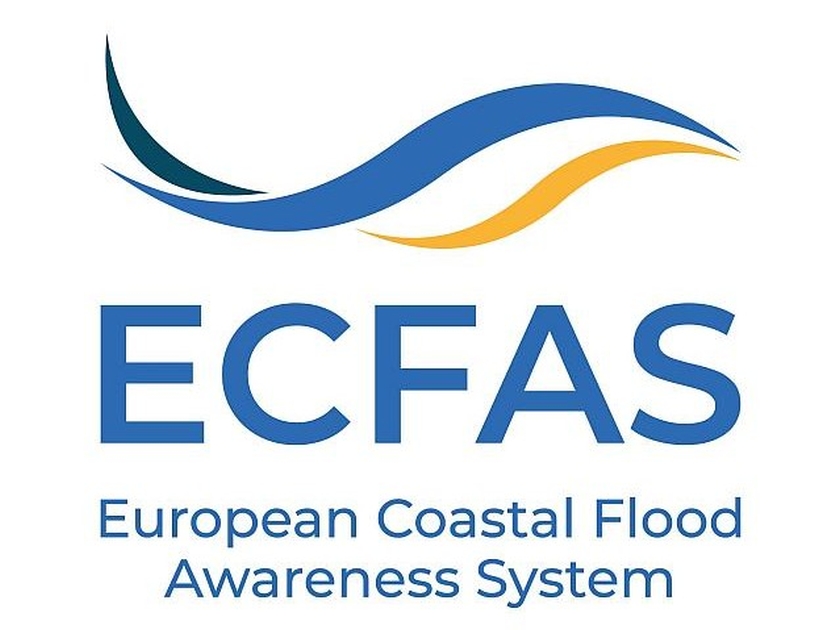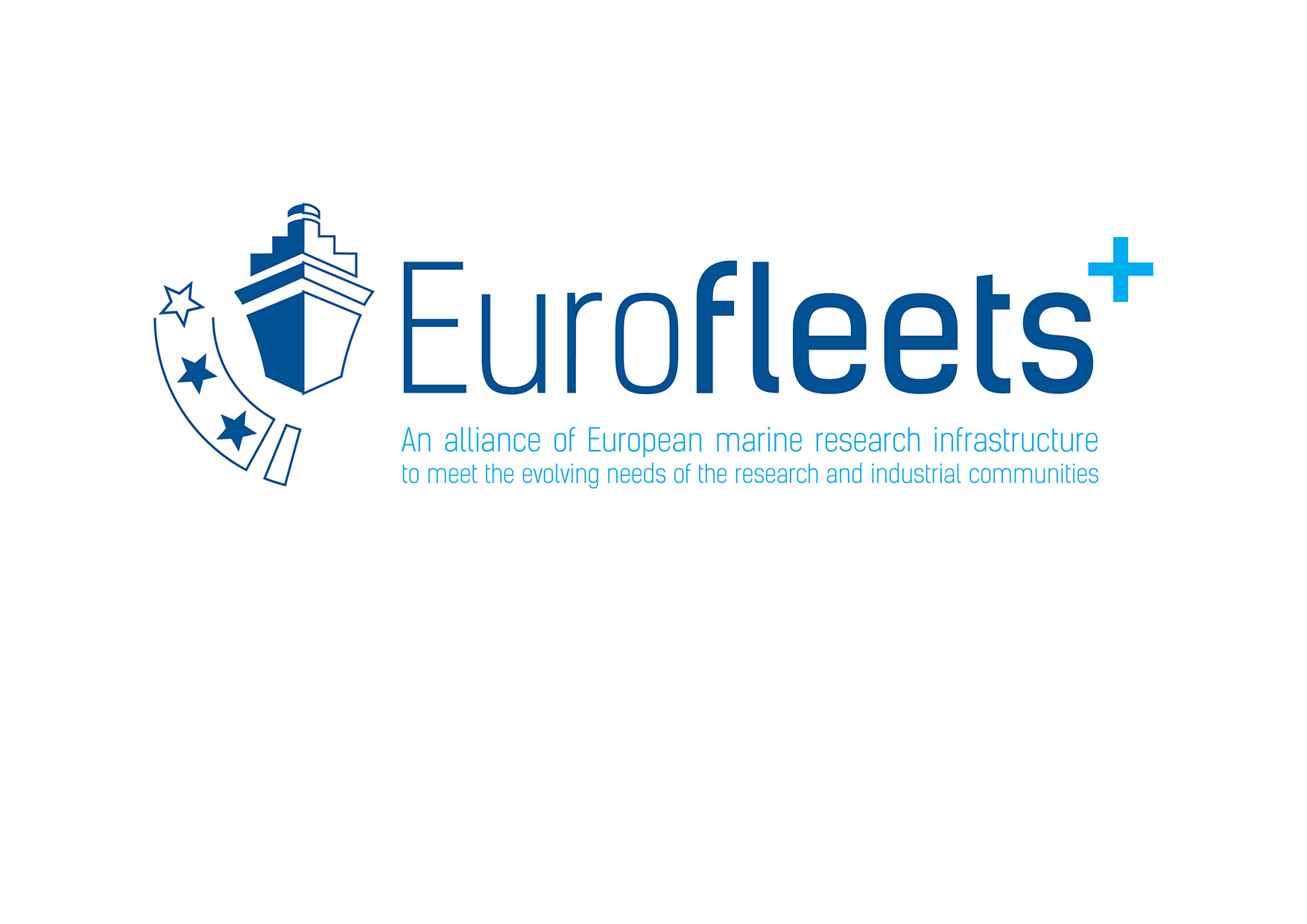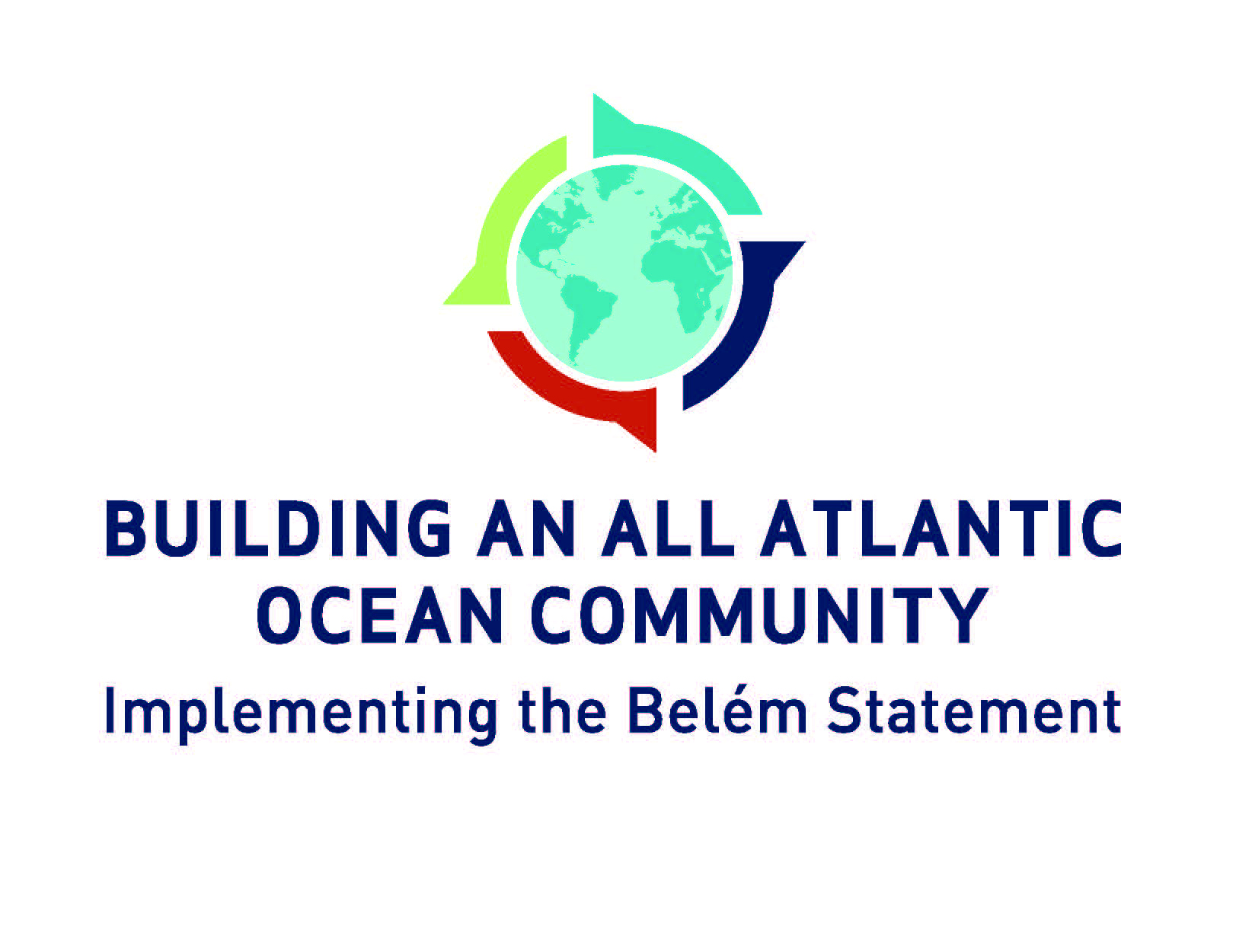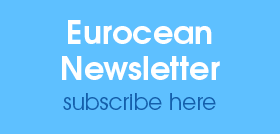Making partnerships and collaborations work

Call: H2020-BG-2016-2017/H2020-BG-2016-1 - An integrated Arctic observation system
Type of action: RIA
Duration: 60 M (5 years)
KEY IDEAS
- To develop an integrated Arctic Observation System (iAOS) by extending, improving and unifying existing systems in the different regions of the Arctic
- Strong multidisciplinary focus, with tools for integration of data from atmosphere, ocean, cryosphere and terrestrial sciences, provided by institutions in Europe, North America and Asia
- Satellite earth observation data will play an important role in the Arctic Observation System, because the amount of EO data for observing the global climate and environment grows year by year
- In situ observing systems are limited due to logistical constraints and cost limitations and so the sparseness of in situ data is therefore the largest gap in the overall observing system
- To assess strengths and weaknesses of existing observing systems and contribute with innovative solutions to fill some of the critical gaps in the in situ observing network
- The evolution into a sustainable Arctic Observation System requires coordination, mobilization and cooperation between the existing European and international infrastructures (in-situ and remote including space-based), the modelling communities and relevant stakeholder groups
- To develop a community-based observing systems, where local knowledge is merged with scientific data
- An integrated Arctic Observation System will enable better-informed decisions and better-documented processes within key sectors (e.g. local communities, shipping, tourism, fisheries), in order to strengthen the societal and economic role of the Arctic region and support the EU strategy for the Arctic and related maritime and environmental policies
CONSORTIUM
STIFTELSEN NANSEN SENTER FOR MILJOOG FJERNMALING (NERSC) - Coordinator, Norway
UNIVERSITETET I BERGEN (UiB) - Norway
HAVFORSKNINGSINSTITUTTET (IMR) - Norway
STOCKHOLMS UNIVERSITET (MISU) - Sweden
ALFRED-WEGENER-INSTITUT (AWI) - Germany
INSTYTUT OCEANOLOGII POLSKIEJ AKADEMII NAUK (IO PAN) - Poland
DANMARKS TEKNISKE UNIVERSITET (DTU) - Denmark
AARHUS UNIVERSITET (AU) - Denmark
Geological Survey of Denmark and Greenland (GEUS) - Denmark
ILMATIETEEN LAITOS (FMI) - Finland
University Centre in Svalb ard (UNIS) - Norway
NORDISK FOND FOR MILJØ OG UDVIKLING (NORDECO) - Denmark
SVERIGES METEOROLOGISKA OCH HYDROLOGISKA INSTITUT (SMHI) - Sweden
THE UNIVERSITY OF SHEFFIELD (USFD) - United Kingdom
NATIONAL UNIVERSITY OF IRELAND MAYNOOTH (NUIM) - Ireland
INSTITUT FRANCAIS DE RECHERCHE POUR L'EXPLOITATION DE LA MER (IFREMER) - France
MAX-PLANCK-GESELLSCHAFT ZUR FORDERUNG DER WISSENSCHAFTEN EV (MPG) - Germany
EUROGOOS AISBL (EUROGOOS) - Belgium
FUNDACAO EUROCEAN (EUROCEAN) - Portugal
UNIVERSIDAD POLITECNICA DE MADRID (UPM) - Spain
UNIVERSITAET BREMEN (UB) - Germany
UNIVERSITAET HAMBURG (UHAM) - Germany
NORUT NORTHERN RESEARCH INSTITUTE AS (NORUT) - Norway
TERRADUE SRL (TDUE) - Italy
GRONLANDS NATURINSTITUT (GINR) - Greenland
THE OPEN UNIVERSITY (OU) - United Kingdom
NORSK INSTITUTT FOR VANNFORSKNING (NIVA) - Norway
CENTRE NATIONAL DE LA RECHERCHE SCIENTIFIQUE CNRS (CNRS) - France
HELSINGIN YLIOPISTO (U Helsinki) - Finland
HELMHOLTZ ZENTRUM POTSDAM (GFZ) - Germany
ASSOCIATION POUR LA RECHERCHE ET LE DEVELOPPEMENT DES METHODES ET PROCESSUS INDUSTRIELS (ARMINES) - France
Instytut Geofizyki Polskiej Akademii Nauk (IGPAN) - Poland
UNIWERSYTET SLASKI (U Slaski) - Poland
BARCELONA SUPERCOMPUTING CENTER (BSC) - Spain
DNV GL AS (DNV GL) - Norway
ALL-RUSSIAN RESEARCH INSTITUTE OF HYDROMETEOROLOGICAL INFORMATION-WORLD DATA CENTRE (RIHMI-WDC) - Russian Federation
Scientific foundation Nansen International Environmental and Remote Sensing Centre (NIERSC) - Russian Federation
WOODS HOLE OCEANOGRAPHIC INSTITUTION (WHOI) - United States
THE REGENTS OF THE UNIVERSITY OF CALIFORNIA (SIO) - United States
UNIVERSITE LAVAL (U Laval) - Canada
INSTITUTE OF REMOTE SENSING AND DIGITAL EARTH - CHINESE ACADEMY OF SCIENCE (RADI) - People's Republic of China
WORK PLAN
WP1 - Requirements and strategy for Pan-Arctic Observing Systems (NERSC Lead)
WP2 - Exploitation of existing observing systems (FMI Lead)
WP3 - Enhancement of multidisciplinary in situ observing system (IOPAN Lead)
WP4 - Enhance community-based observing programs for participatory research and capacity-building (NORDECO Lead)
WP5 - Data integration and management (TDUE Lead)
WP6 - Applications of iAOS towards Stakeholders (IMR Lead)
WP7 - Dissemination and outreach (USFD and EurOcean Lead)
WP8 - Project management (NERSC Lead)
WEBSITE
EUROCEAN ROLE
EurOcean contributes to the Dissemination and Communication of INTAROS, as co-lead of Work Package 7. EurOcean has developed the INTAROS visual identity, public website and social media channels as well as a selection of branded materials. EurOcean also provides support for capacity building and engagement across a broad range of levels from international organisations to European agencies, national and local governments, communities and early career stage researchers.







